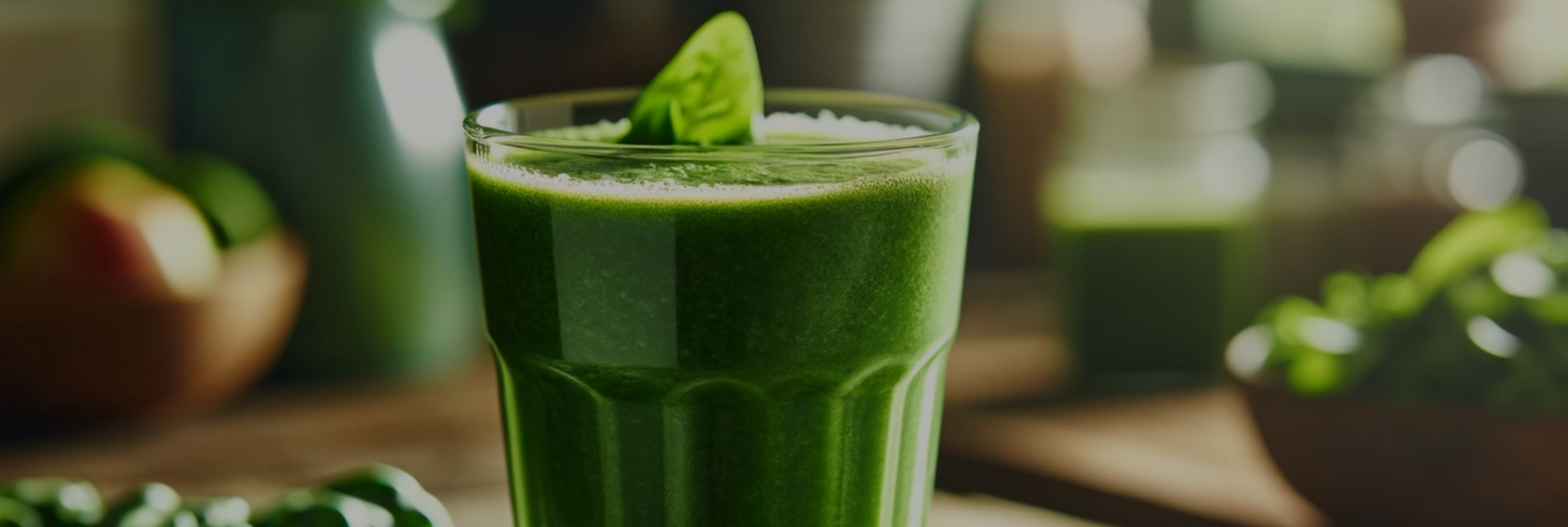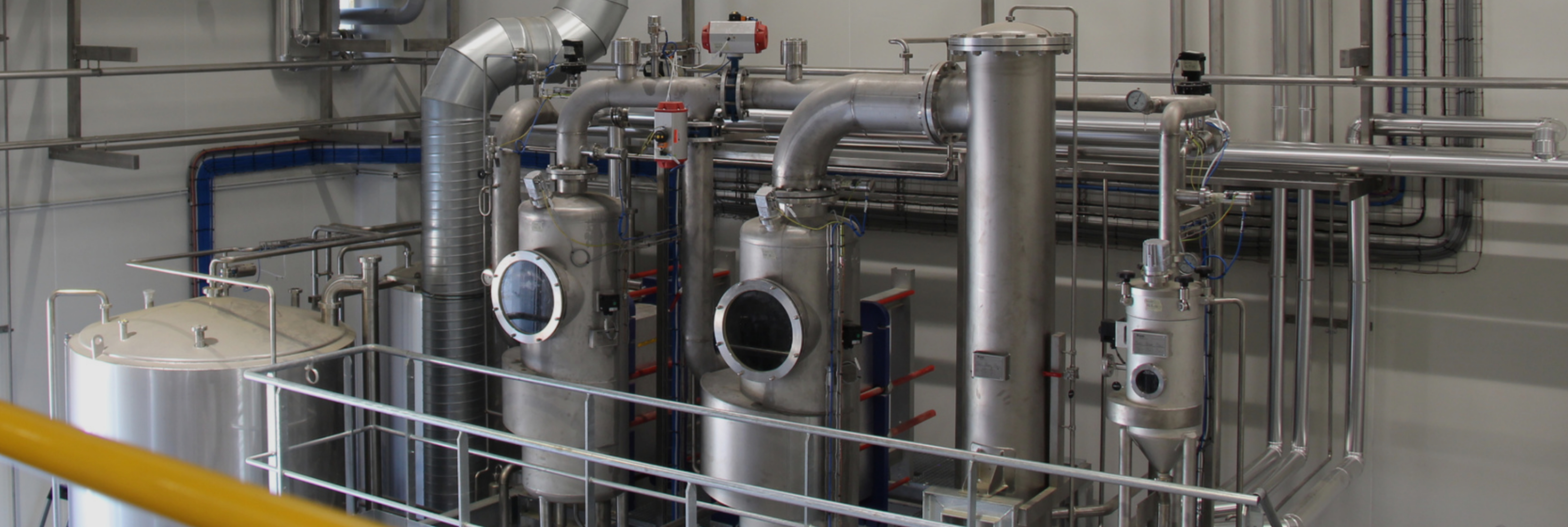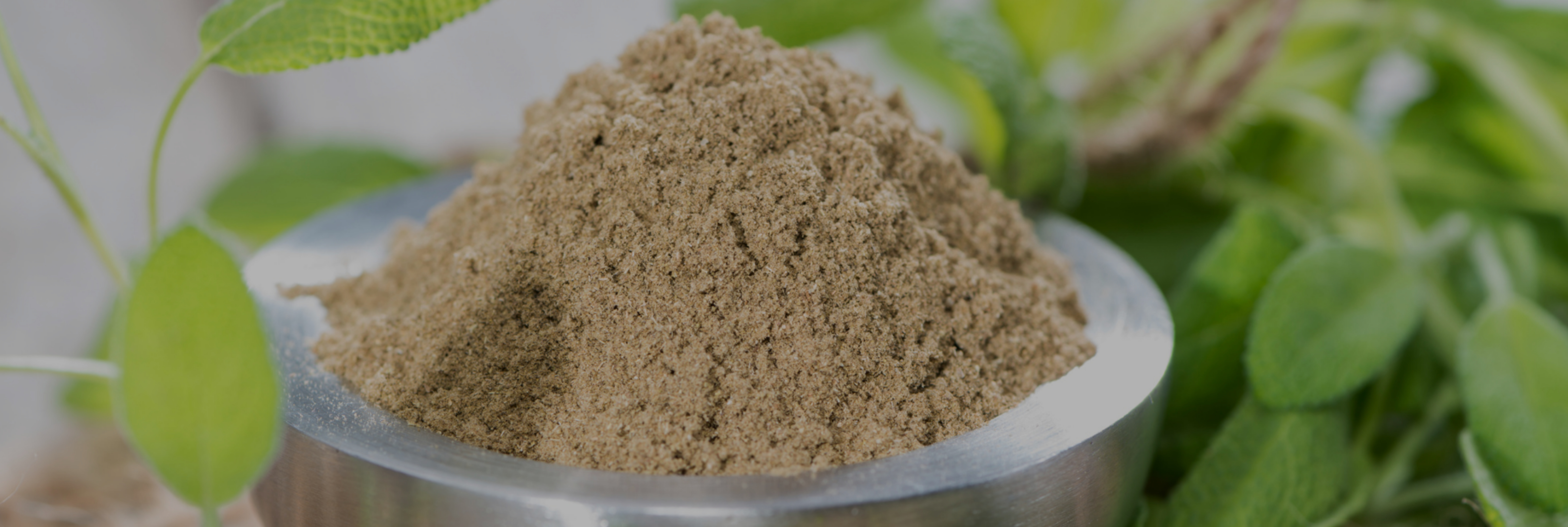The Baobab is shrouded in legends (1) with its incredible shape and is part of the history of Africa and is ever present in folk culture. A sacred tree for numerous ethnic groups and also an exceptional food source and the nutrients it contains are of such interest that the Baobab joins spirulina, acai and Goji berries on level with superfruits…
Focus on the nutraceutical benefits of this tree, which is of growing interest.
Originally from Africa, the Baobab is a thousand-year-old tree, symbolising longevity. This African treasure with its multiple resources holds a preponderant place in native cultures and beliefs and is at the heart of local life: from traditional medicine to food for people and animal feed, Africans would not be able to do without all its benefits.
This majestic tree draws its strength from the extreme climatic conditions of arid zones in Africa where it grows (Senegal, Ghana, Madagascar, Burkina Faso). As it is under constant water stress, the Baobab stocks water in its trunk and concentrates a considerable quantity of vitamins and minerals in its fruits. The aridity of the land where it grows causes its slow growth. It takes 12 years or so for the first fruits to develop.
Commonly known as monkey bread, this fruit resembles a large cocoa pod. On the inside of this envelope are seeds covered with a generally white pulp, particularly nutritious and tasty. This tangy taste is so pleasant that children are used to eating it like candy in certain countries in Africa.
Reputed in Africa for its wide variety of food and medicinal uses, this "longevity tree" is notching up success after success over its borders with a booming world market, which should reach 3.75 billion US dollars by 2024 and a CAGR of 9.4% per year. (2)
Very well known for its great nutritional properties, the pulp contains an exceptional quantity of soluble fibres, vitamins (thiamin, riboflavin, niacin, and ascorbic acid …) and minerals (potassium, phosphorus and calcium). It contains, for example, 7 times more vitamin C and 3 times more calcium than a glass of milk.
Throughout Africa, the Baobab is used for nutritional purposes but also therapeutic since it is part of numerous remedies. In traditional medicine, the pulp of the fruit is largely used as febrifuge, a pain killer, to halt diarrhea, and dysentery. Local people soak the pulp in very cold water to make a refreshing beverage called "bouye" to recover tonicity and vitality and also to relieve fever…
In the rest of the world, we are increasingly interested in this treasure and the agro-food industry is focused particularly on:
We have the duty to provide you access to these benefits, but with a precise idea in mind, to give you the best of this fruit while guaranteeing a sustainable supply chain reflecting our product range. We have explored the countries in Africa and have found collaborators with the same commitment as us, to respect this much admired by local populations tree…
Please feel free to contact us for any additional requests for this reference.
To see our entire product range, check out our online catalogue available 24 HOURS A DAY 7 DAYS A WEEK.
Sources:
(1) https://www.futura-sciences.com/planete/dossiers/botanique-baobab-arbre-pharmacien-arbre-vie-666/
(2) https://www.marketresearchfuture.com/reports/baobab-market-4913

Life Science & Nutrition Product Manager





Leave a comment